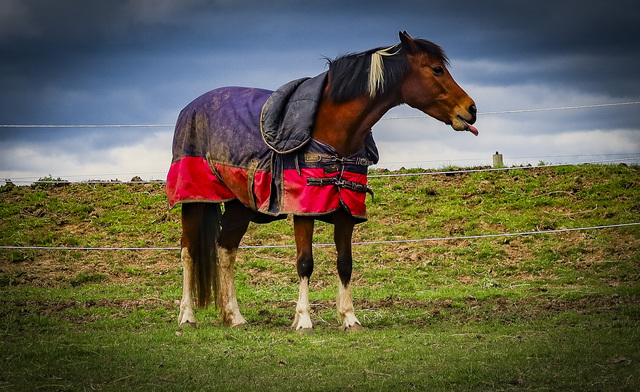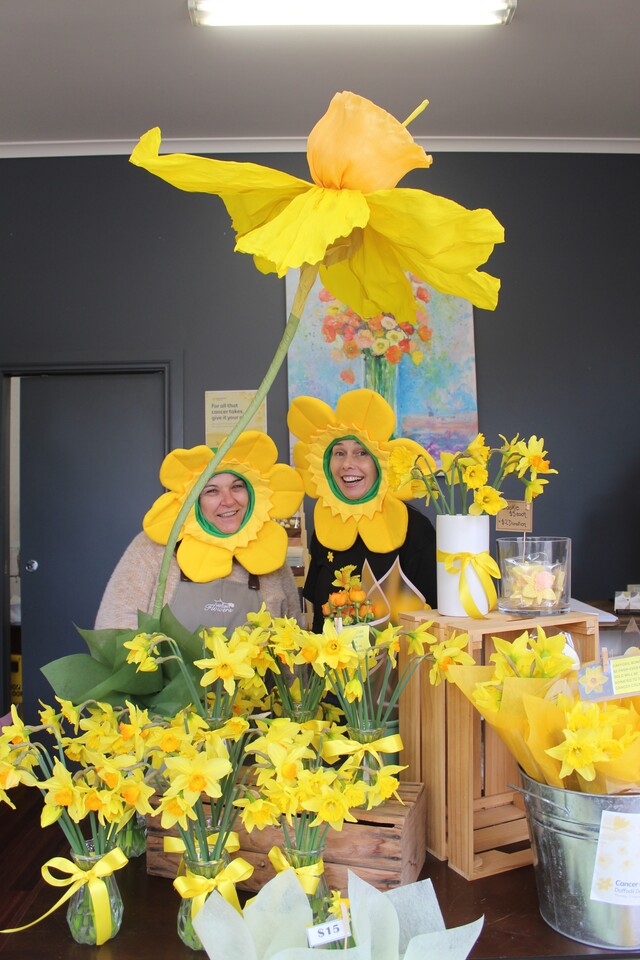A group of witches gathered over the weekend to celebrate an ancient holiday.
The autumn equinox is a sacred day for many.
The holiday is also known as Mabon and celebrates the time where light and dark shine equally upon the earth.
“I’ve been a witch my whole life so I’ve always celebrated the change of seasons with my elders in NT or with my Mum growing up off grid,” said event organiser Raquael.
Raquael said celebrating seasonal holidays allows people to prepare for the changing seasons, “emotionally and physically”.
“We know in summer there are many events and it’s all about celebrating outdoors,” she said.
“As autumn and winter come in it’s all about going inwards and preparing for the cold.”
Around 20 people participated in the celebration.
“As a smaller group, it was intimate and at times a personal journey,” Raquael said.
“We made magic sticks to weave in what we wanted to bring in.”
Despite the negative connotations around the word “witch”, Raquael believes a reunion with the title has benefits for women.
“Lisa Luster said, ‘I didn’t decide to become a witch, I remembered I was one’.
“I think since the world and how we work and feel changed in a big way a couple years ago, women have had a chance to quieten themselves and go within.
“And they find there has been a longing in themselves to connect more with the Earth and others.”
Magic doesn’t have to be complex either.
Raquael said something as simple as using herbs in cooking “like our grandmothers” is witchcraft.
“Being a witch is about connecting with the Earth and self.”
The equinoxes represent unique moments in the Earth’s orbit.
Our Earth spins on a tilted axis as the planet orbits the sun.
Twice a year the Earth is not tilted towards or away from the sun.
This happens at the autumn and spring equinoxes.
Mabon is one of the eight Wiccan “sabbats” or holidays and is celebrated on the autumnal equinox.
Mabon occurs on 21 March in the Southern Hemisphere.
The day often involves festivals, rituals and feasts that centre around the season of autumn.
Symbolically, Mabon is a time of balance, harmony and unity.
It is a time to give thanks for the bounty of summer and to settle into the coming cold of winter.
Symbols used in this celebration include corn dollies, pinecones, warm colours like red, orange, yellow and brown, apples, pumpkins, marigolds, owls, stags and amber.
The equinox has been revered for centuries.
Ancient Greeks believed this to be the time when Persephone would leave her mother Demeter and return to the underworld to rejoin Hades.
New Zealand writer and blogger Hayley White explains the widespread reverence for the equinox across the globe.
“In Mayan and Aztec legend, the god Kukulkan/Quetzalcoatl is worshipped,” she said.
“In Buddhism tradition, Higan is celebrated, and in Hindu culture, Navaratri.
“In Chinese and Vietnamese communities, the harvest moon is celebrated by the Moon Festival or Mid-Autumn Festival.”
In Celtic legend, the equinox is correlated with the birth of Mabon.
He is said to be the son of the Earth Goddess and the Guardian of the Otherworld.
The druids refer to the holiday as Alban Elfed.
Their roots in Celtic lore trace back more than 2000 years.
The Earth begins to tilt away from the sun after the equinox.
This causes the days to shorten and nights to become longer.
At the spring equinox, this is reversed.
The autumnal equinox represented the end of summer in ancient pagan societies.
The spring equinox symbolised the end of winter.
Keeping track of the seasons in this way allowed our ancestors to track seasonal activities, like planting crops and harvesting.









